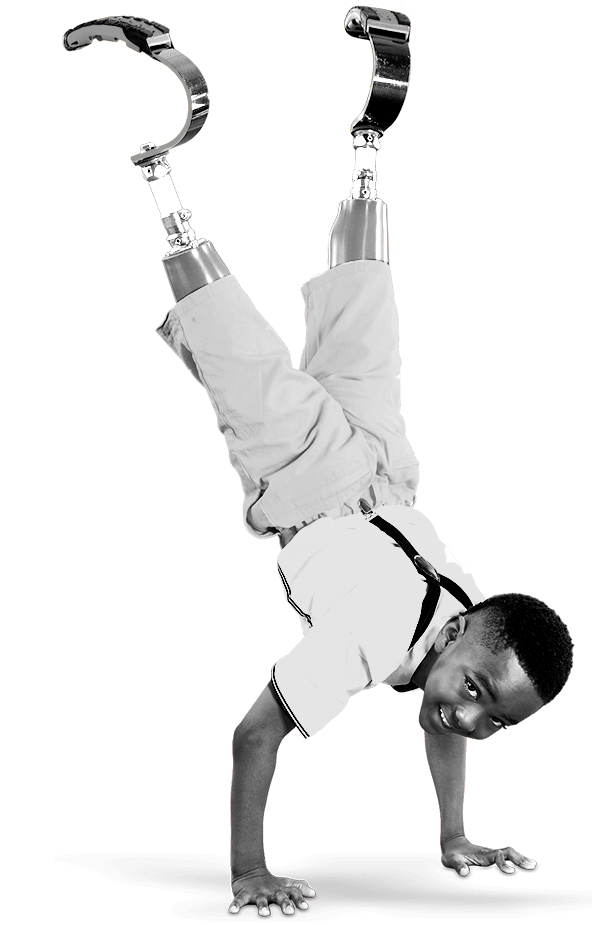
Jul 18, 2019 / Sports Medicine
Pediatric Athlete Shoulder and Elbow Exam
Key messages from a presentation by pediatric orthopedic and sports medicine surgeon Henry B. Ellis, M.D., at Coffee, Kids and Sports Medicine.
Watch the lecture
Conducting a pediatric shoulder and elbow exam is different than doing an adult exam.
Injury History
Focus on when the patient presented. Ellis says knowing whether it’s an acute injury or a chronic complaint will lead you down the right path for diagnosis and this will:
Watch a six-minute shoulder and elbow exam.
Counseling for Overuse Injuries
Half of all middle school and high school sports injuries are caused by overuse. Our society and culture have changed in recent decades and kids now participate in less free play, more competition, participate in single sport play as well as year-round play.
You have a role in teaching patients that overuse injuries are preventable. Here are some tips for having those, sometimes tough, conversations:
Resources for Caring for Young Athletes
Watch the lecture
Conducting a pediatric shoulder and elbow exam is different than doing an adult exam.
Injury History
Focus on when the patient presented. Ellis says knowing whether it’s an acute injury or a chronic complaint will lead you down the right path for diagnosis and this will:
- Change how you investigate the history.
- Impact your physical exam.
- It is important to also conduct a good neurovascular exam.
- If a fracture is suspected, the joint above and below the deformity should also be evaluated and may require imaging.
- Range of motion and strength testing are also extremely valuable.
Watch a six-minute shoulder and elbow exam.
Counseling for Overuse Injuries
Half of all middle school and high school sports injuries are caused by overuse. Our society and culture have changed in recent decades and kids now participate in less free play, more competition, participate in single sport play as well as year-round play.
You have a role in teaching patients that overuse injuries are preventable. Here are some tips for having those, sometimes tough, conversations:
- Be open and honest with the patient/parent during injury evaluations and when performing sports preparticipation evaluations.
- Remember to talk about what sport(s) and position(s) the patient plays, competition level and how aggressive the patient is.
- Help the parent recognize complaints of activity-related pain.
- Teach the patient it is important to report activity-related pain.
Resources for Caring for Young Athletes



